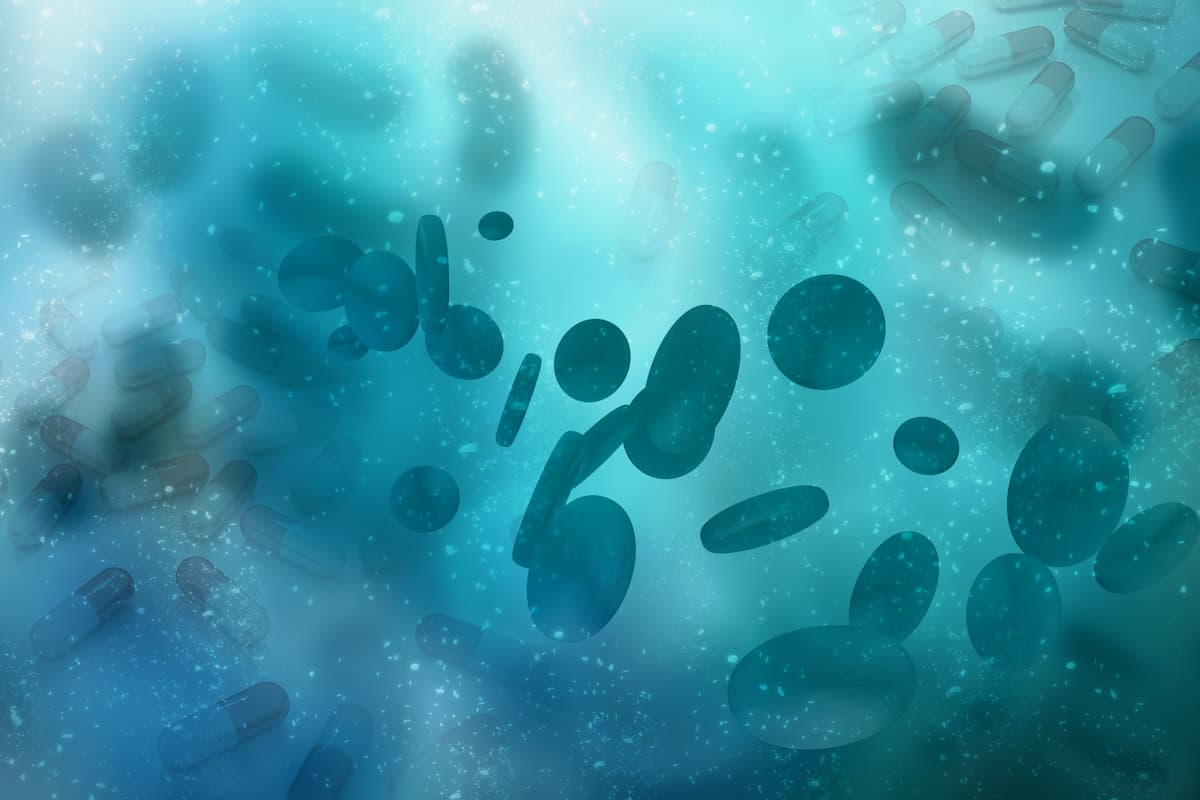Cemsidomide Combo May Produce Responses in Multiple Myeloma
Investigators of the phase 1/2 CFT7455-1101 study have determined cemsidomide at a dose of 100 µg safe for expansion.
Developers designed cemsidomide as an orally bioavailable small molecule degrader that targets IKZF1/3, which drive multiple myeloma and non-Hodgkin lymphoma.

Treatment with cemsidomide (CFT7455) plus dexamethasone elicited responses across multiple doses in a small cohort of patients with multiple myeloma, according to a press release on findings from the phase 1/2 CFT7455-1101 study (NCT04756726) from the drug’s developer, C4 Therapeutics, Inc.1
With a data cutoff date of April 30, 2025, cemsidomide at a dose of 100 µg once daily produced an overall response rate of 50% among 10 evaluable patients. In one patient with progression on 2 prior T-cell engager therapies, investigators reported a minimal residual disease (MRD)–negative complete response (CR) per flow cytometry. When administered at 75 µg once daily, cemsidomide produced an ORR of 40% across a total of 20 evaluable patients.
Investigators noted that treatment with cemsidomide remained well tolerated; neutropenia appeared to be manageable. In another arm evaluating patients with non-Hodgkin lymphoma, dose-escalation assessment is ongoing at a dose level of 87.5 µg once daily, and investigators have yet to reach a maximum-tolerated dose.
The phase 1 dose-escalation portion of the trial among patients with multiple myeloma has been completed, as investigators determined the 100-µg dose to be safe for expansion. Ten additional patients will receive cemsidomide at 100 µg in an expansion cohort to further determine the agent’s safety and efficacy profile. Additionally, developers anticipate receiving regulatory feedback regarding registrational development by mid-2025.
Investigators previously announced initial results from the multiple myeloma cohort of the phase 1/2 study at the 2024 American Society of Hematology Annual Meeting & Exposition (ASH).2
With a data cutoff of October 11, 2024, data from ASH highlighted an ORR of 26% and a clinical benefit rate (CBR) of 40% among 42 patients across all dose levels.
Among 47 patients who were evaluable for safety at the time of analysis, the most common grade 3 or higher adverse effects (AEs) included neutropenia (n = 18), anemia (n = 10), and infections (n = 8). No patients discontinued treatment due to neutropenia or experienced a treatment-emergent AE leading to dose reduction.
“The data presented at the ASH Annual Meeting demonstrate cemsidomide in combination with dexamethasone is active and well-tolerated over a range of doses in a heavily pretreated, relapsed/refractory multiple myeloma patient population—including a majority of patients who have received T-cell–directed therapies who are challenging to treat,” lead study author Binod Dhakal, MD, MS, associate professor of medicine at the Medical College of Wisconsin in the Division of Hematology, stated in a press release on these findings.3 “I look forward to cemsidomide’s continued development as a potential new treatment option for patients in the evolving myeloma landscape.”
Developers designed cemsidomide as an orally bioavailable small molecule degrader that targets IKZF1/3, which drive multiple myeloma and non-Hodgkin lymphoma.
Investigators of the open-label, first-in-human phase 1/2 CFT7455-1101 study are assessing the efficacy, safety, pharmacokinetics, and pharmacodynamics of cemsidomide among patients with relapsed/refractory multiple myeloma or non-Hodgkin lymphoma.
The primary objective of the multiple myeloma phase 1 portion of the study was the safety and tolerability of cemsidomide alone or in combination with dexamethasone as well as the maximum-tolerated dose and recommended phase 2 dose. Secondary end points included anti-tumor activity per International Myeloma Working Group response criteria, pharmacokinetics, and pharmacodynamics.
“With cemsidomide demonstrating compelling [ORRs] at multiple dose levels, including one [patient with] multiple myeloma at 100 µg who achieved a [MRD]-negative [CR], we are prioritizing progressing cemsidomide to the next phase of development to realize its potential to be a best-in-class IKZF1/3 degrader,” Andrew Hirsch, president and chief executive officer of C4 Therapeutics, the developer of cemsidomide, stated in the press release.1
References
- C4 Therapeutics reports first quarter 2025 financial results and recent business highlights. News release. C4 Therapeutics, Inc. May 7, 2025. Accessed May 7, 2025. https://tinyurl.com/24hzkbj6
- Dhakal B, Yee AJ, Richardson PG, et al. Initial results of a phase 1 first-in-human study of cemsidomide (CFT7455), a novel MonoDACTM degrader, with dexamethasone in patients with relapsed/refractory multiple myeloma. Blood. 2024;144(suppl 1):3366. doi:10.1182/blood-2024-204255
- C4 Therapeutics presents cemsidomide phase 1 data at the American Society for Hematology (ASH) Annual Meeting that demonstrated potential to become best-in-class IKZF1/3 degrader. News release. C4 Therapeutics, Inc. December 8, 2024. Accessed May 7, 2025. https://tinyurl.com/28zsypw5
Navigating AE Management for Cellular Therapy Across Hematologic Cancers
A panel of clinical pharmacists discussed strategies for mitigating toxicities across different multiple myeloma, lymphoma, and leukemia populations.